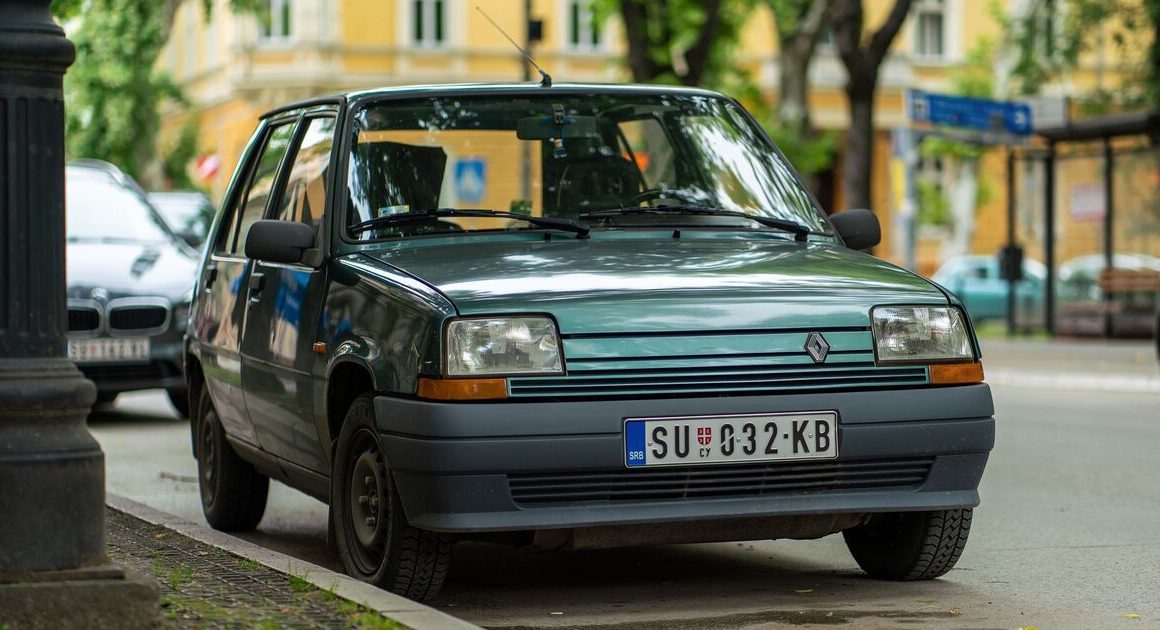Many drivers are unaware that a little-known button in their car could potentially save them more than £ 100 a year, experts say.
Car experts at Plates Express say the Eco Mode built into some vehicles is designed to optimise your vehicle’s performance, and limit fuel consumption without sacrificing speed or comfort.
But the firm says most motorists are either unware of the button, or are using it incorrectly.
It’s a common feature modern vehicles, from hatchbacks to SUVs, and adjusts various performance settings to bring down the amount of unnecessary fuel consumption.
When it’s active, Eco Mode makes subtle but effective changes to the operation of the vehicle, the custom number plates business says.
These include:
- Throttle response adjustment – The car’s acceleration becomes smoother and more gradual, reducing fuel wastage that can occur as a result of excessive revving.
- Optimised gear shifting – In automatic cars, the transmission shifts gears more efficiently, helping to keep the engine running at lower revolutions per minute (RPM).
- Climate control tweaks – Air conditioning and heating systems are adjusted to use less energy without compromising comfort.
- Engine power moderation – The engine output is slightly reduced, promoting a fuel-efficient, steady driving style.
According to company’s motoring gurus, these tweaks combine to bring significant fuel savings over time, particularly benefitting drivers who cover long distances or frequently in stop-start traffic.
The amount you could save using Eco Mode will vary depending on your driving habits, road conditions and your vehicle type, but studies suggest it can boost fuel efficiency by between 5 and 10% on average, they say.
The experts say average UK driver covers around 7,400 miles per year, and with petrol prices at around £1.50 per litre, a typical car may consume over £1,300 worth of fuel per year.
Therefore, the improvement in fuel efficiency offered by Eco Mode could result in savings of £130 or more annually.
The savings could be even larger in bigger vehicles, particularly SUVs and vans, the firm adds.
The experts say the feature works best in certain conditions, including:
- City criving and stop-start traffic – With the reduction in throttle sensitivity preventing unnecessary fuel burn in slow-moving conditions.
- Long highway journeys – Here, the lower engine power helps maintain steady speeds, and improve efficiency.
- Commuting and daily errands – Regular driving also benefits from the energy-saving adjustments of Eco Mode.
However, the firm notes that there are occasions when it will be safer or more desirable to turn it off.
The examples they give include:
- Overtaking or merging onto motorways – As the reduced throttle response can make acceleration slower.
- Steep hills and heavy loads – This situations require extra power, and Eco Mode may limit performance.
- Extreme Weather Conditions – In very hot or cold weather, you might prefer to have full air-conditioning or heating, which may be restricted by Eco Mode.
While some cars don’t have the feature, the company says there are still ways to improve fuel effiency through smart driving habits.
These include:
- Driving smoothly – Avoid sudden acceleration and braking to avoid unneccessary fuel consumption.
- Using cruise control – This helps maintain a constant speed on motorways, reducing fuel usage.
- Ensuring your car is well-maintained – Regular servicing, clean air filters, and properly inflated tyres all contribute to better fuel economy.
- Reducing excess weight – Removing unnecessary items from your boot, can also help, as extra weight only increases fuel consumption.












